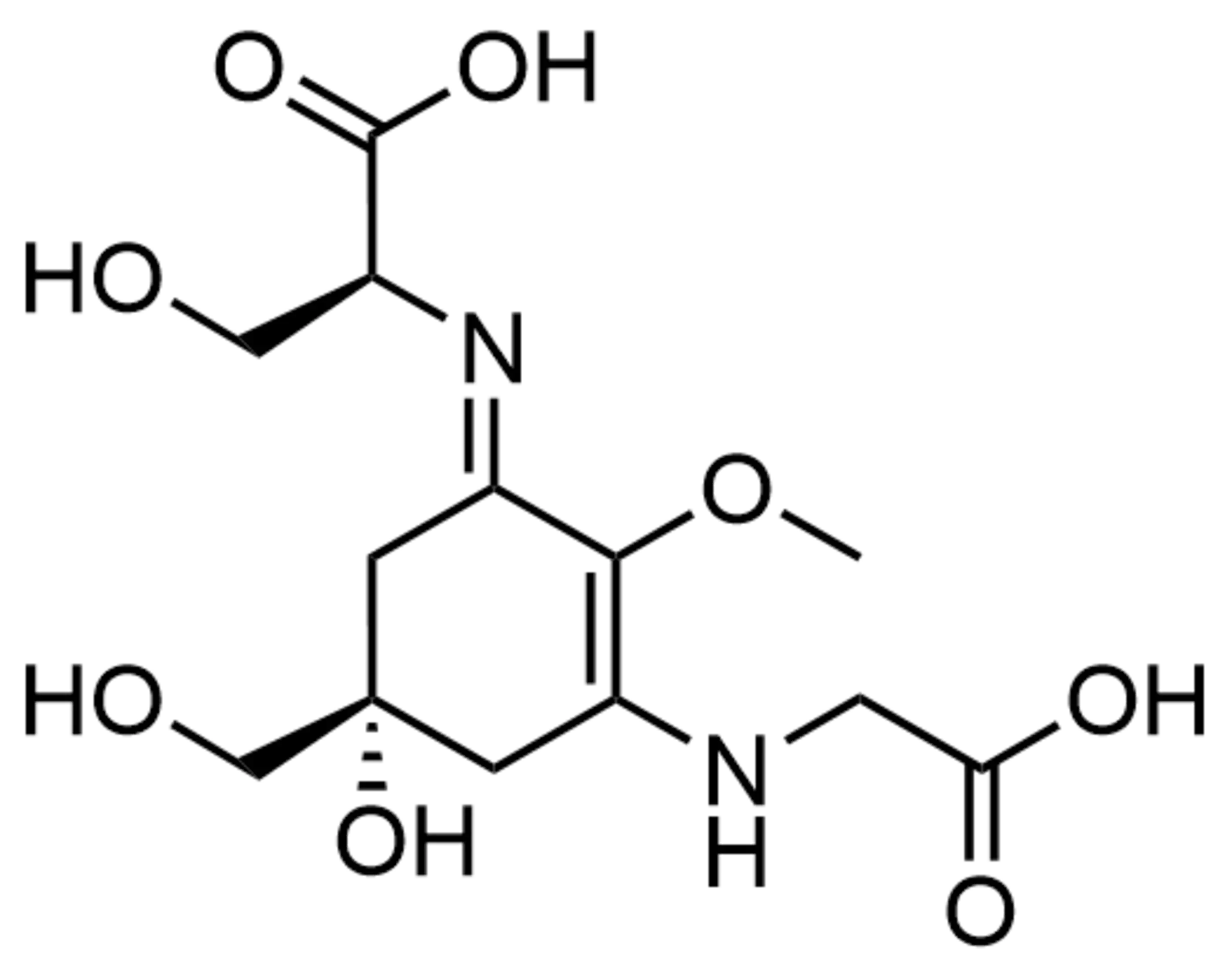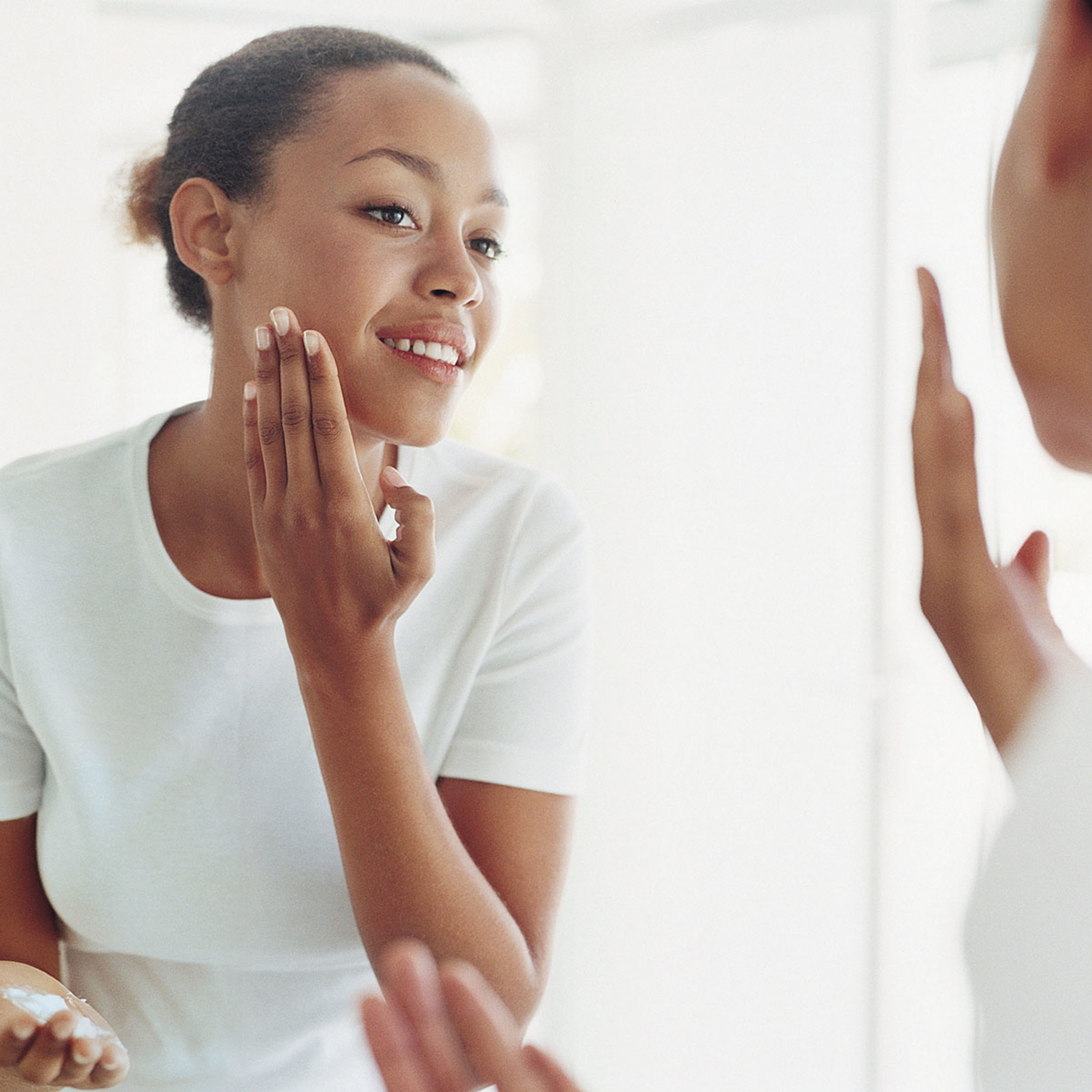Shinorine—A Natural, Soluble Anti-Photoageing Ingredient
Proprietary technology using Streptomyces (N-STePP™) made it possible to produce shinorine—a natural anti-photoageing ingredient, with high efficiency. Process patent granted in Japan.¹
What is Shinorine
Shinorine (Figure 1) is one of the rare natural mycosporine-like amino acids (MAAs) from nature that has the highest absorbing potential of ultraviolet (UV). Because it shows highest absorption in the UV-A range, which is the main cause of skin ageing (blemishes, wrinkles and dullness), skin anti-ageing applications show great potential and are triggering much interest from industry. In nature, shinorine can only be obtained in trivial amounts from limited resources such as red algae and cyanobacteria.

Figure 1 Structure of Shinorine
Characteristics
- High UV-A Absorption: Shinorine covers a wide range of ultraviolet (280–360nm), and especially has maximal absorption at the UV-A² range (320–340nm), which existing chemical UV filters do not cover sufficiently (Figure 2). UV-A rays are said to likely reach to the ground year-round and penetrate through windows, therefore exerting great impact on skin photoageing. The coverage by shinorine could be expected to protect skin from such rays.
- Water Solubility: Shinorine is highly water-soluble, making it user-friendly in cosmetic formulations.
- Anti-ageing Effect: UV-A rays damage skin cells and stimulate the loss of collagen and elastin, causing wrinkle accumulations. Shinorine is known to prevent and reduce this from happening.² Scientific data has also shown shinorine to stimulate the biosynthesis of collagen in skin cells,³ supporting its anti-ageing function. In summary, reports on the physiological activities of mycosporine-like amino acids including shinorine is increasing and these ingredients are becoming more and more popular.

Figure 2 UV absorption spectra of shinorine and common UV filters
References
1. Method for producing mycrosporine-like amino acid using microbes. Japanese Patent, No. 5927593 (2016)
2. Sung-Suk Suh et al., Anti-inflammation activities of mycosporine-like amino acids (MAAs) in response to UV radiation suggest potential anti-skin ageing activity. Marine Drugs (2014) 12: 5174-5187
3. Japanese Patent applications, No. 2017-88525 (2017)
We’re Here to Help
Complete the following fields with your information, as well as a short, detailed description of your request and a NAGASE Specialist will be in touch with you shortly.












